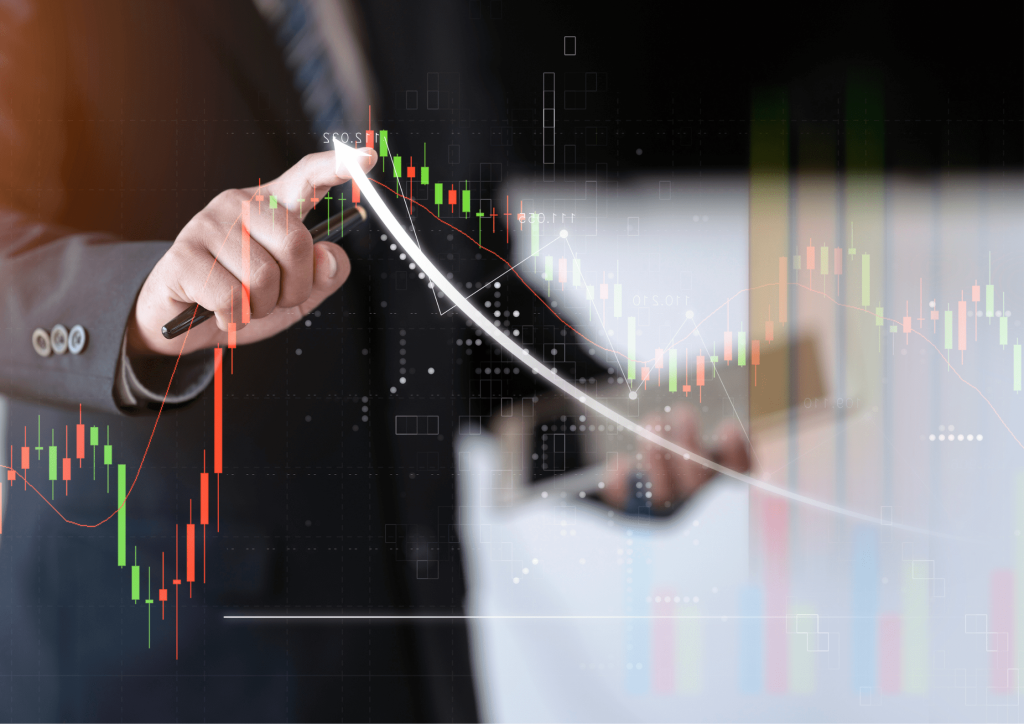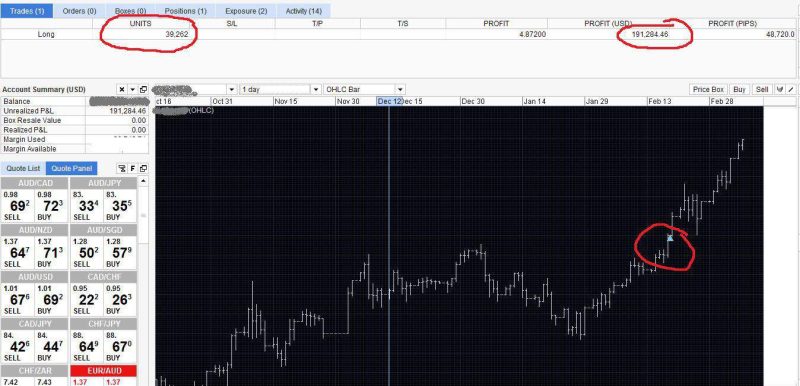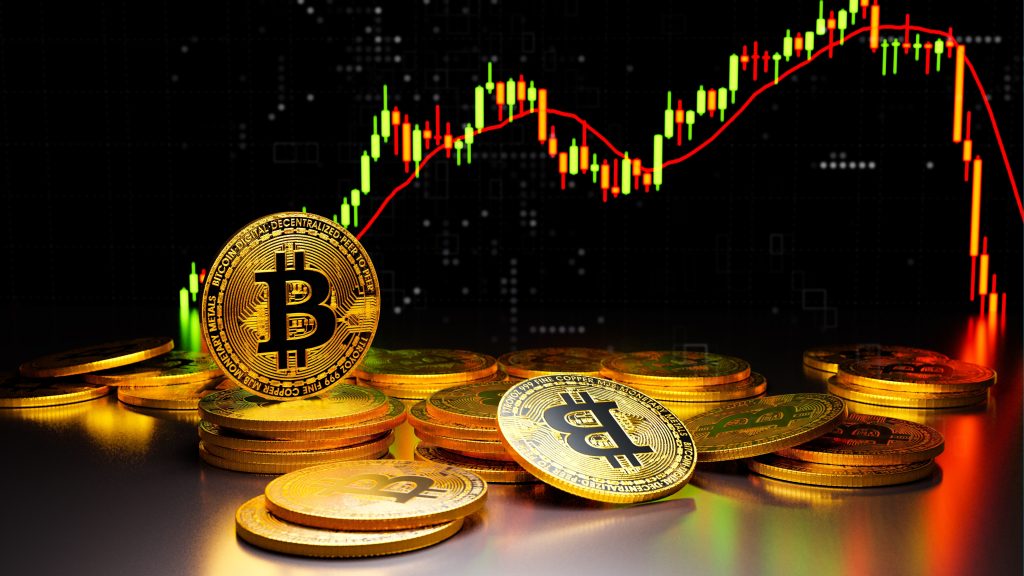In stock trading and investment, accurately assessing risk is paramount for long-term success. Among the myriad metrics and indicators available to investors, the Ulcer Index or Ulcer Index UI has emerged as an invaluable tool.
This index provides a nuanced view of risk, specifically focusing on the often overlooked but critically important aspect of downside risk. Unlike other risk measures like standard deviation that take into account both gains and losses, the Ulcer Index hones in on the stress and anxiety that come from financial drawdowns.
This guide is designed to be your investors guide to fidelity funds, stocks, and a wide array of other investment vehicles. Through a deep dive into how the Ulcer Index measures the risks involved in different investments, we aim to equip you with the knowledge to make more informed, risk-adjusted decisions. You'll learn not just how to calculate the Ulcer Index but also understand its real-world implications and how it compares to other risk measures.
What is the Ulcer Index?

The Ulcer Index is a specialized risk metric developed by Peter Martin and Byron McCann in the 1980s. Unlike many traditional risk metrics that investors commonly use, the Ulcer Index is designed to quantify the “pain” or stress associated with holding a potentially declining asset.
By focusing solely on downside risk, the metric gives investors a unique lens through which to assess how stressful or “painful” an investment journey might be. This focus makes it different from more general risk measures like standard deviation, which account for both gains and losses, making them less effective at isolating downside risk.
Investors and traders often use the Ulcer Index for various asset classes, including mutual funds, stocks, and even portfolios of multiple asset types. The index measures the depth and duration of price declines, effectively capturing the volatility that contributes to investor stress.
By focusing on the length and severity of drawdowns, the Ulcer Index provides a nuanced look into the negative volatility, allowing investors to understand the risk associated with potential downward movements in the market.
Also Read: MOVE Index: A Key Measure of Bond Market Volatility
The Ulcer Performance Index (UPI)
While the Ulcer Index offers insights into downside risk, the Ulcer Performance Index (UPI) takes it a step further by integrating performance into the equation. Essentially, UPI is a risk-adjusted performance measure that combines the return of an asset with the risk involved, as indicated by the Ulcer Index.
To put it simply, UPI takes into account both the return on investment and the stress or pain endured to achieve that return. It calculates this by dividing the asset's excess return over a risk-free return by the Ulcer Index value. This provides a clearer picture, allowing investors to determine relative risk and performance in a more comprehensive manner.
The utility of UPI is especially evident when comparing multiple investment options. Investors often look for the highest return, but without considering the associated risks, a seemingly profitable investment can turn out to be a stressful experience.
By utilizing UPI, investors can objectively assess the risk-adjusted return, making it a potent tool for comparing different asset classes or investment strategies. It is particularly useful for those interested in long-term investments where understanding both gains and pains over time is crucial.
Why is it Relevant for Fidelity Funds?

When it comes to managing a diversified portfolio, many investors turn to Fidelity Funds, which are known for their robust performance and a broad range of investment options. These funds offer various assets such as stocks, bonds, and other securities, each with its own set of risks and rewards.
In this context, understanding the Ulcer Index becomes especially relevant. This risk measure can be applied to individual assets within a Fidelity Fund or to the fund as a whole to gauge its downside volatility. The Ulcer Index is instrumental in evaluating the dynamic asset allocation strategies that Fidelity employs, providing you with insights into how efficiently the fund manages downside risks.
For anyone reading an investors guide to fidelity, the Ulcer Index offers a comprehensive tool to make risk-adjusted choices. It allows you to dig deep into the layers of risk that come with each Fidelity Fund.
Understanding how the Ulcer Index and the related Ulcer Performance Index (UPI) work can help you tailor your investment in Fidelity Funds to match your own risk tolerance and financial goals. It enables you to move beyond mere returns and understand the downside volatility involved, making it an indispensable part of a well-rounded investment strategy.
How is the Ulcer Index Calculated?
Calculating the Ulcer Index involves a step-by-step process that focuses on quantifying the downside risk associated with an investment. Here's a more detailed explanation of how it is calculated:
- Percentage Drawdown Calculation: The first step is to calculate the percentage drawdown for a specific investment. This drawdown represents the decline in the investment's value from its highest point to its lowest point within a given period. To compute this, you subtract the lowest point (usually the closing price) from the highest point (also the closing price) and divide the result by the highest point.
- Squaring the Percentage Drawdowns: Once you have calculated the percentage drawdowns for each period, you square these values. Squaring them helps accentuate the impact of larger drawdowns on the Ulcer Index, giving more weight to deeper declines.
- Calculating the Squared Average Period: Next, you find the average of these squared drawdowns over a specific time frame, often referred to as the “squared average period.” This time frame can vary based on the investor's preference or the asset being analyzed. Common choices include using weekly or monthly data.
- Taking the Square Root: Finally, the Ulcer Index is calculated by taking the square root of the squared average. This step introduces a sense of normalcy to the index, as it is expressed in the same units as the investment's returns. The square root essentially quantifies the typical downside risk experienced during the chosen time frame.
By following this formula, investors can obtain a single numerical value that represents the downside risk associated with an investment over a specified period. This risk metric, the Ulcer Index, is particularly valuable for those seeking a more comprehensive understanding of how often and how deeply an investment's value declines, offering a unique perspective on the associated risks.
Comparisons with Other Metrics

- Standard Deviation: Measures both upside and downside volatility. It's a statistical measure that includes price rises, which Ulcer Index ignores.
- Sharpe Ratio: Compares risk adjusted returns against a risk free asset. The Sharpe Ratio considers both upside and downside risks, unlike Ulcer Index.
- Martin Ratio: Named after Peter Martin, this ratio uses the Ulcer Index to calculate risk adjusted returns. It gives a more accurate picture of investment risk.
Also Read: Learn To Find Insights With Sharpe Ratio
Real-World Implications

The longer it takes for an investment to recover, the greater a drawdown becomes. This is precisely why an Ulcer Index increases as investment risk rises. If you're into long-term investments, using the Ulcer Index as a volatility indicator can be invaluable. Moreover, in calculating risk, the Ulcer Index even distinguishes between upside volatility and downside volatility.
The Stomach Ulcers Analogy
The term “ulcer” may bring to mind stomach ulcers, but the analogy is fitting. Just as stomach ulcers form due to stress and irritation, an increasing Ulcer Index indicates growing stress in an investment. It offers insight into how the investment performs in ulcer forming territory.
Conclusion
The Ulcer Index is a measuring tool that offers a unique approach to assessing downside risks. Whether you’re reading a book on investment, perusing an investors guide to fidelity, or comparing mutual funds, knowing how to interpret this index can enhance your investment strategies. With its focus on the depth and duration of price declines, it stands out as a practical measure of risk that can improve your risk-adjusted performance over the long term.
Also Read: How To Use the Average Directional Index (ADX) Indicator
FAQs
What is the primary purpose of the Ulcer Index?
The primary purpose of the Ulcer Index is to measure and quantify the downside risk associated with an investment, focusing on the depth and duration of price declines.
How does the Ulcer Performance Index (UPI) differ from the Ulcer Index?
The Ulcer Performance Index (UPI) is a risk-adjusted performance measure that combines an asset's return with its downside risk, while the Ulcer Index focuses solely on quantifying downside risk.
Why is the Ulcer Index relevant for investors in Fidelity Funds?
Understanding the Ulcer Index is crucial for Fidelity Fund investors because it helps assess the downside volatility and risk associated with the dynamic asset allocation strategies employed by these funds, aiding in more informed and risk-adjusted investment decisions.

















